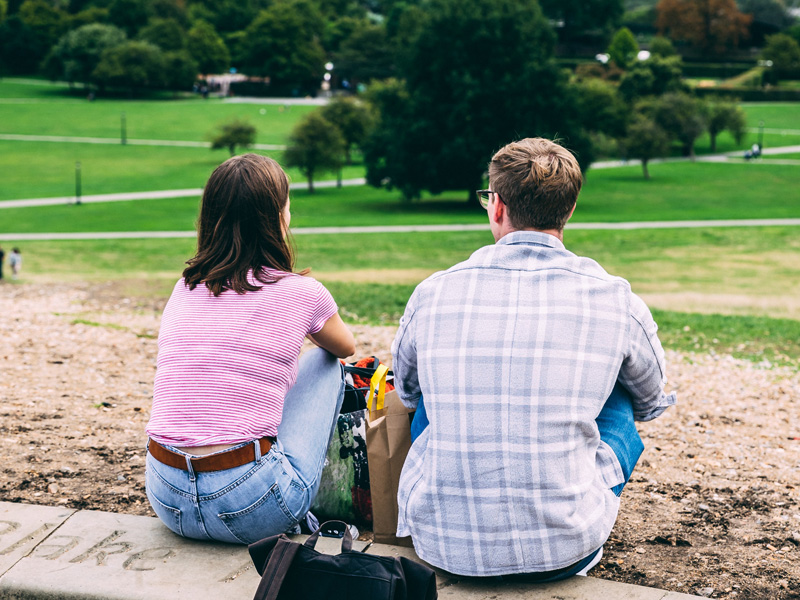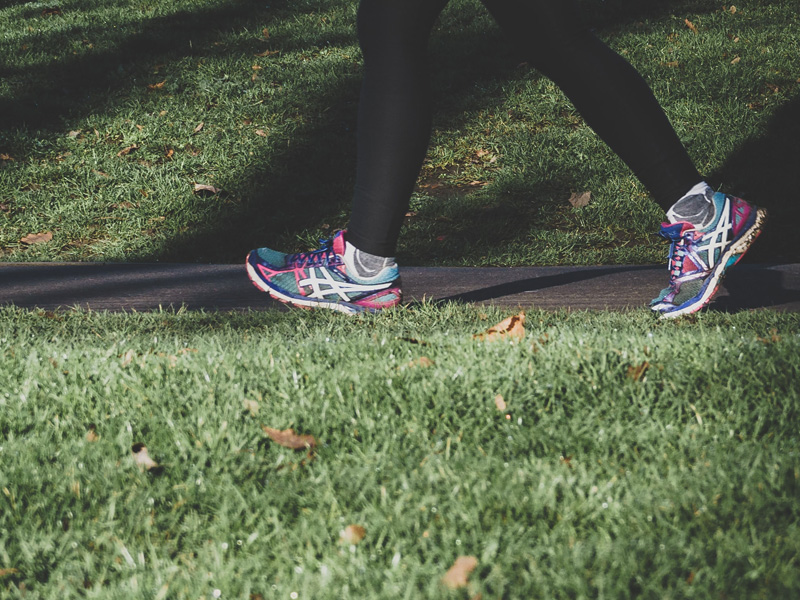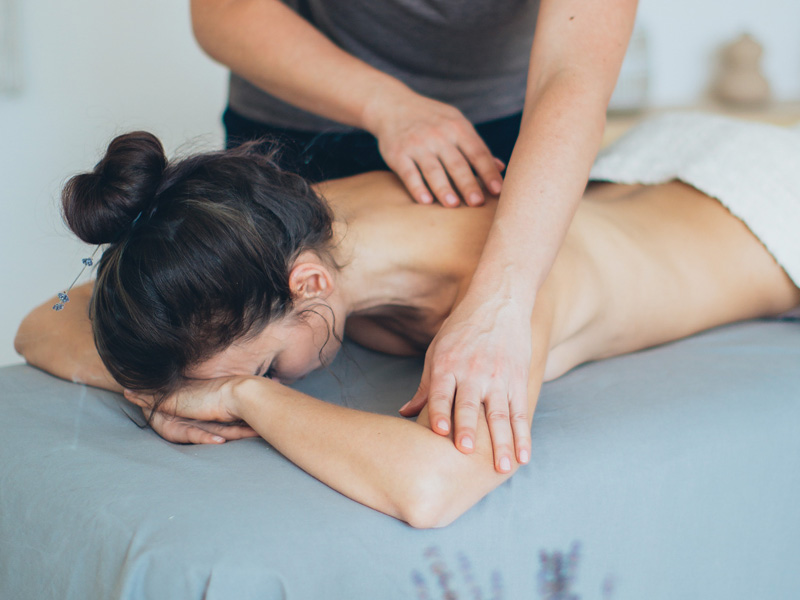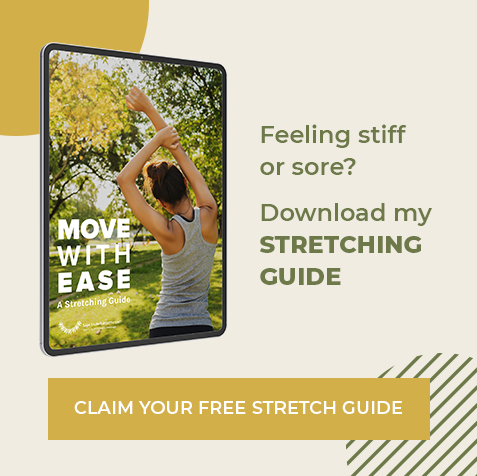Well, 2020 is behind us! What a year.. but we still have several months to go before we all get vaccinated and put this virus behind us. Then maybe some more time before things start to get back to “normal”.
In the meantime, how are you holding up?
Most of us have (and continue to have) our stress budgets challenged. News, virus, schooling for the kids, truncated social life, I don’t have to make a list for you. Well here’s a handful of tools to keep in mind as we make our way through the winter of 2021, and for when things get a little tense down the road.
Five Ways to Keep Stress At Bay

1. Meditation
Meditation does not have to be about pretzeled legs, chanting, and reaching enlightenment. It can simply be about creating a moment of stillness in your mind as a way to become more relaxed. Just one minute, 60 seconds of meditation, can dramatically improve your mood, your productivity and the quality of your day.
And for those that want a little more? There are a handful of apps out there: Calm, 10 Percent Happier, Headspace… this was my starting place in the spring of 2020 and it’s been a bit of a refuge. There are also plenty of guided meditations on YouTube. I’ll put a plug in for the folks associated with the Insight Meditation Society in Barre MA: Sharon Salzburg and Joseph Goldstein.

2. Get Outside
So many people are out in our public spaces lately. It’s fantastic that almost instinctively we have found our way back to our roots, as it were. And this is not an accident, according to a study in Frontiers in Psychology, “the modern way we live has changed radically from life in the savanna, but our brains have mostly stayed the same. We still have a deep connection with nature, and research shows that if we don’t nourish that bond despite our technological advancements, we may suffer in many ways.” The American Heart Association has an article about how spending time in nature can reduce stress and anxiety here.

3. Exercise
It can be tough to make time for exercise when the schedule gets tight and tensions get high. But that’s when it becomes even more important. Exercise can relieve the physical symptoms of stress like fatigue, pain, and moodiness. If you can’t make time for daily workout, try to fit a 5-10 minute walk outside into some part of your day. A little goes a long way when you need it. You can find a great reference from the State of Victoria in Australia on the benefits of walking here.

4. Giggle and hum
Both laughter and music can lower the blood pressure. A 2011 study by the American Heart Association showed that 3 months of laughter or music therapy resulted in the same drop in blood pressure that could be achieved with a low-salt diet, losing 10 pounds, or taking a blood-pressure-lowering medication. So queue up the “Who’s on first?” or dance around with your kids while making dinner and work some giggling and humming into your day.

5. Massage
Regular massage can improve sleep, relieve headaches, reduce muscle pain, and improve moods. Plus, massage feels good. When you feel good, you play more, work more efficiently, and take better care of the people you love. Schedule a massage now to help reduce stress and anxiety.
We cannot pour from an empty vessel.
Commit to taking care of yourself.

